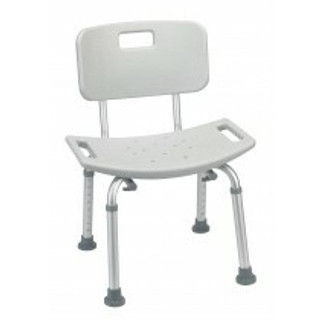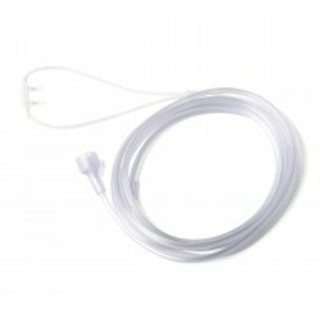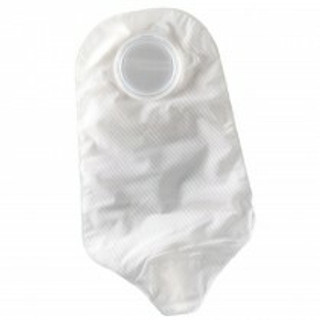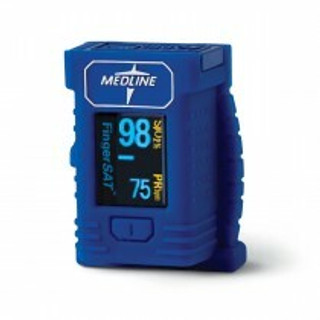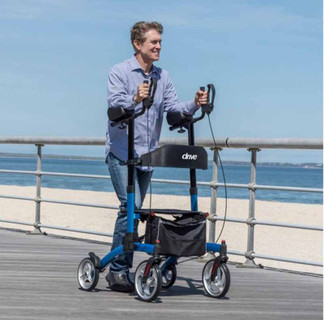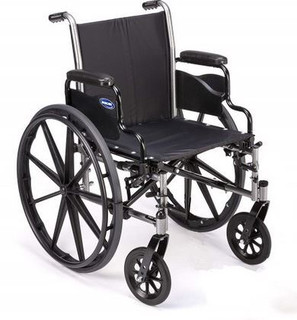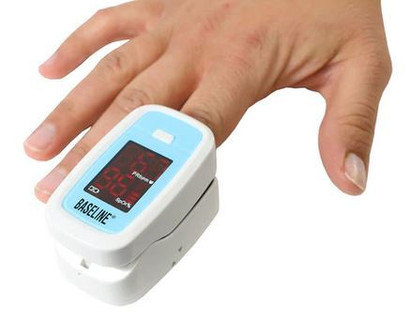How to Get Insurance or Medicare Coverage for Mobility Equipment
Introduction
Mobility equipment—like walkers, manual or power wheelchairs, and scooters—can dramatically improve quality of life for individuals with mobility challenges. But buying such equipment can be expensive. The good news is that insurance and Medicare may cover much of the cost if certain criteria are met. In this article, we walk you through what those criteria are, how to prepare, and how to get your claim approved.
Section 1: Understanding the Basics
-
What is Durable Medical Equipment (DME)?
Medicare and many insurers classify mobility devices as DME. To qualify, the equipment typically must be:-
Durable (able to withstand repeated use)
-
Medically necessary
-
Used in the home
-
Useful for someone who is sick or injured Medicare+1
-
-
Which Insurance / Medicare Plans Cover Mobility Equipment?
-
Medicare Part B covers medically necessary DME when prescribed by a doctor. Medicare+2Medicare+2
-
Medicare Advantage (Part C) plans typically cover as much as Original Medicare does — sometimes more, but with plan rules or network constraints. GoodRx+1
-
Private insurers vary widely; many have similar requirements around medical necessity, documentation, approved suppliers, etc.
-
Section 2: Eligibility & Requirements for Medicare Coverage
To get Medicare to cover a mobility device, you’ll need to meet several requirements:
-
Prescription / Physician Order
A Medicare-enrolled doctor (or other qualifying practitioner) must write a prescription or “order” stating that the equipment is medically necessary. Medicare+1 -
Medical Necessity
You must prove that your health condition causes limited mobility in the home—even with other aids like canes, walkers, or crutches. If you’re unable to perform activities of daily living (bathing, dressing, getting in/out of bed or chair, using the bathroom), that helps build the case. Medicare+2GoodRx+2 -
Face-to-Face Evaluation & Home Use Verification
In many cases, Medicare requires a face-to-face evaluation by your doctor. The supplier or the doctor may need to visit your home to confirm the layout, whether you’ll actually be able to use the device there. Medicare+1 -
Use a Medicare-Approved Supplier Who Accepts Assignment
The supplier must be enrolled in Medicare, and it helps if they “accept assignment” — meaning they accept Medicare’s approved amount as full payment (minus your deductible or coinsurance) and don’t bill you extra. Medicare+2Medicare+2 -
Prior Authorization (if required)
For certain mobility devices (especially power-operated ones, heavy-duty scooters, or customizations/accessories), you may need prior authorization from Medicare or your plan. GoodRx+1
Section 3: What Costs to Expect
-
Deductible & Coinsurance
With Original Medicare Part B, you'll first pay the Part B deductible. After that, Medicare covers 80% of the approved amount; you are responsible for the remaining 20%. Medicare+1 -
Rental vs Purchase
Some equipment must be rented for a defined period before you "own" it. Others can be purchased outright depending on the situation. Medicare+1 -
Accessory Costs & Customizations
Basic accessories may be covered if they are medically necessary (for example, pressure-relief cushions). But many “upgrades,” convenience items, or cosmetic features are not covered. Solace+1 -
Out-of-Pocket / Supplement Plans
If Medicare doesn't cover all costs, plans like Medigap (supplemental insurance) might help fill the gap. Also, private insurance may have different cost-sharing rules. AARP+1
Section 4: Steps to Increase the Odds of Approval
-
Get a Clear Prescription & Medical Record
Have your physician document your condition, how it limits mobility, and show that other aids weren’t sufficient. -
Use Evaluation Reports or Therapy Notes
Occupational therapy or physical therapy notes are helpful, as they often assess your daily living limitations and the safety concerns in your home. -
Select a Medicare-Approved Supplier
Make sure the supplier is recognized by Medicare, accepts assignment, and has good reviews/experience with DME. -
Know Your Plan’s Requirements
If you’re under Medicare Advantage or private insurance, check whether there are additional forms, prior authorizations, or supplier networks you must use. -
Be Prepared for Appeals
If your claim is denied, don’t give up. You have the right to appeal. Gather additional documentation, possibly get a letter of medical necessity, and follow up.
Section 5: Common Pitfalls & What Usually Gets Denied
-
Equipment that’s considered a “convenience” rather than “medical necessity” (e.g. some accessories)
-
Suppliers who don’t accept assignment or are not Medicare-approved
-
Lack of documentation about your home’s layout or inability to use the device safely inside
-
Using the wrong prescriber (must be Medicare-enrolled)
-
Requesting an item too soon (before trying less complex devices)
Conclusion
Getting Medicare or insurance to cover mobility equipment is often possible, but it takes preparation. With the right documentation, a qualified prescriber, a Medicare-approved supplier, and knowing the cost responsibilities, you can improve your chances of approval, reduce out-of-pocket expenses, and get mobility aids that help you retain independence and safety. Finally, SafeWell Medical Supply has top name-brand mobility devices such as wheelchairs, transport chairs, rollators, walkers, and canes to suit your every mobility need.





